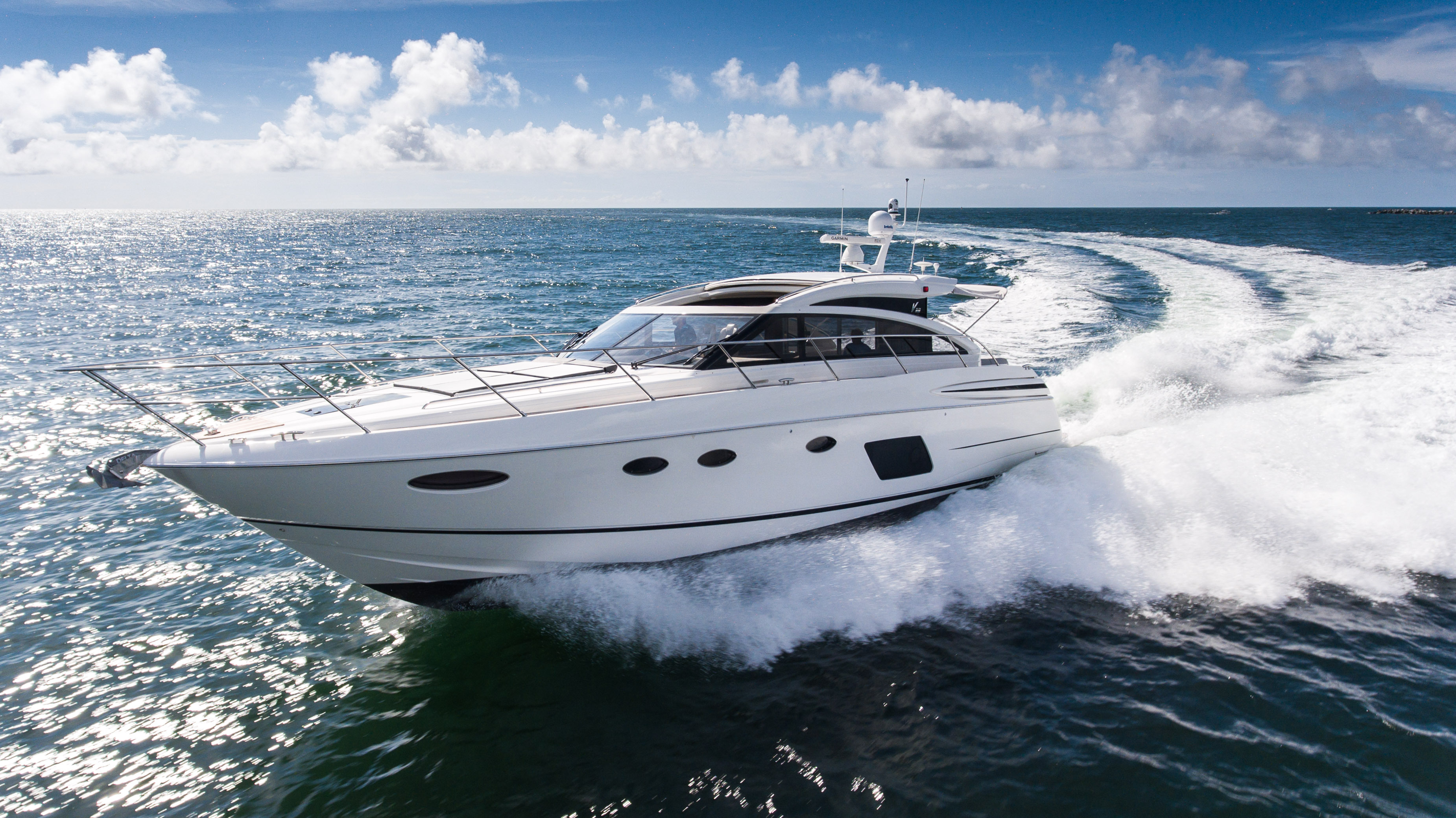Oct 26, 2021
Tips To Avoid Five Common Boating Mistakes
If you’re new to boating – or even if you’re not – it’s easy to make simple mistakes that may have serious consequences on the water. Almost always boating errors are caused by being in a hurry, not paying attention, or both. We all make mistakes, so even if you’ve carefully read through a boating guide, there’s a possible chance that sooner or later something will slip your mind and you’ll make a mistake. Here are some tips to avoid common boating mistakes and thoughts on how to avoid them using a little bit of your knowledge and forethought.
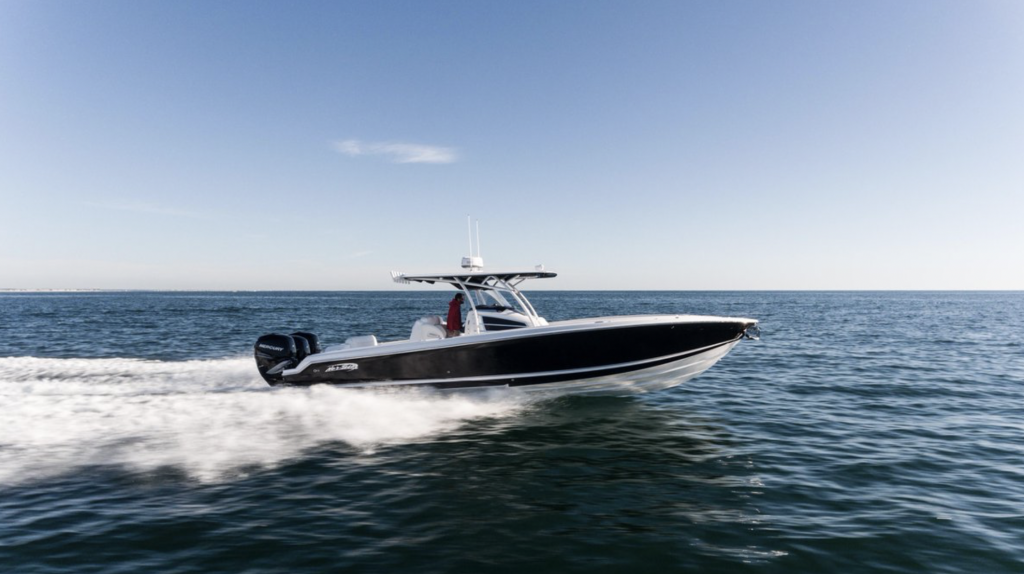
1. Failure to install boat drain prior to launch
Installing the plug is one of the most basic procedures in boating, but on boat launches, some boaters invariably forget this simple task almost every weekend. Compounding the problem is that several boat models have more than one plug. If an operator fails to install any of the plugs, the result is a boat full of water. So, before launching your boat off, don’t assume the drain plug is in the boat. Double-check! For more information on launching your boat, click here!
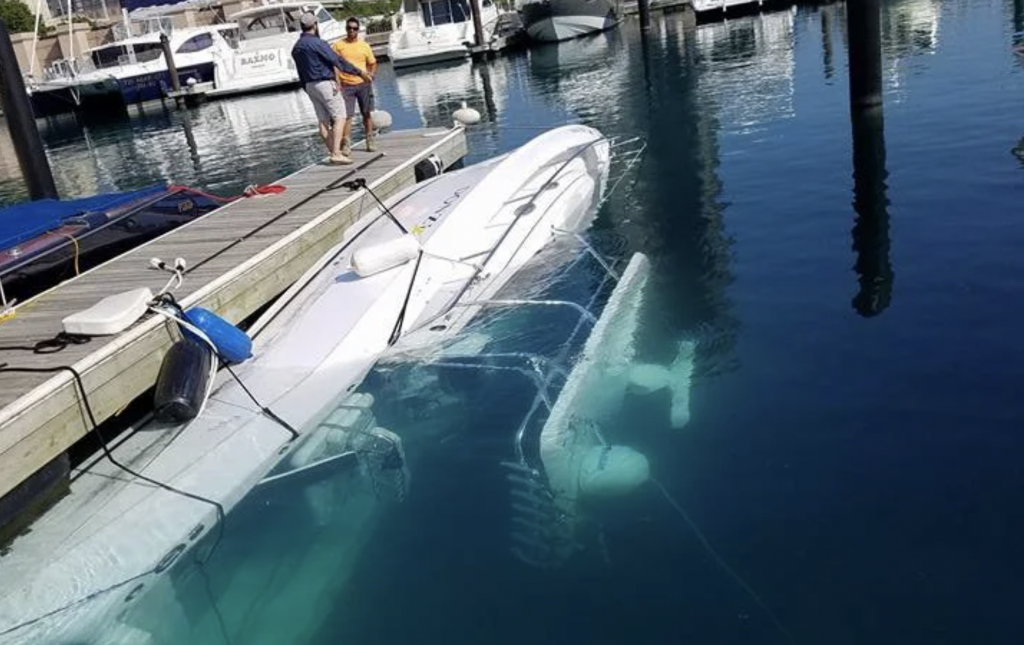
2. Failure to pay out enough line when anchoring
Anchoring a boat seems like a simple task: just drop down the anchor, cleat off the line, and the boat will stay put… right? Not necessarily. Anchoring your vessel over a fishing spot or in an inlet for a few hours of relaxation is part of the fun, but it does require a bit of arithmetic to get it right. Remember that the amount of line needed to anchor a vessel (called scope) should be 5 to 7 times the depth of the water in calm weather, plus the distance from the surface to where the anchor attaches at the bow. If high winds or rough sea conditions are present, then use 10 times the depth. Fail to use the proper scope and your vessel may drag anchor and drift ashore, into other vessels, or even out to sea!
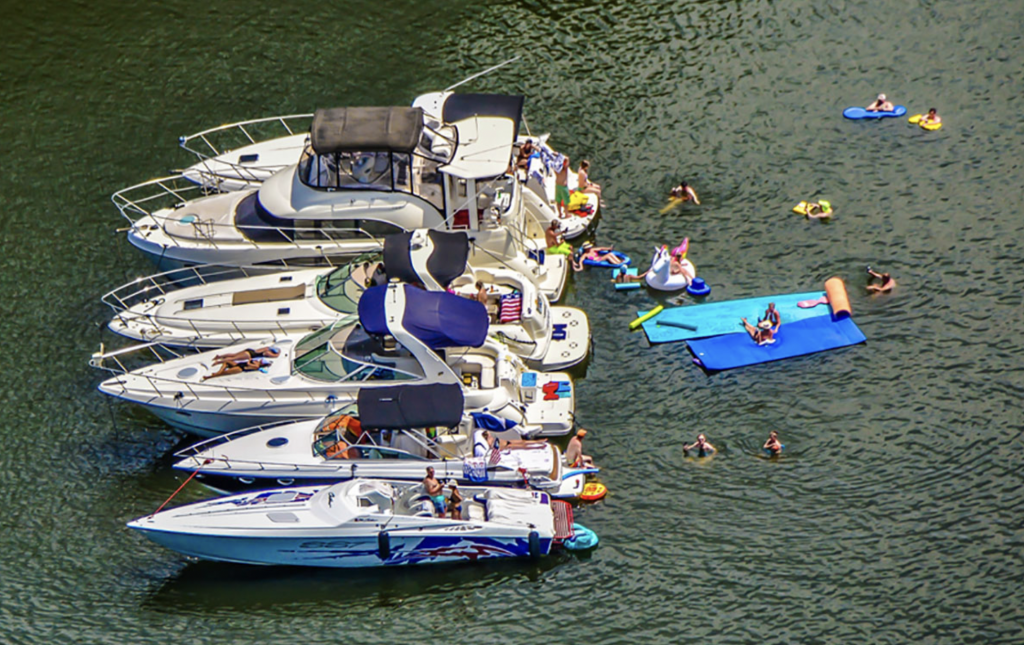
3. Overloading the boat
This is one of the most common causes of swamping, capsizing, and sinking, especially in small, open-constructed boats. Even empty, these boats may have little freeboard – the distance between the rail or top edge of the boat and the waterline – and even less when fully loaded with occupants, coolers and gear. It’s easy to overload small vessels unintentionally and an overloaded boat is more likely to capsize, even in relatively calm waters. So keep in mind your boat’s maximum load capacity. On most mono-hull boats up to 20 feet in length, this information can be found on the capacity plate, permanently attached to the hull. It notes the recommended maximum horsepower rating and maximum load weight at which the boat can safely operate, as determined by the manufacturer.
If a capacity plate isn’t present, contact the manufacturer of your boat and ask for capacity plate information. Always remember, the “maximum safe weight” includes people AND gear. Then when loading your boat, remember to load the heavy stuff low in the boat and towards the centerline. If possible, secure the load so it won’t shift as the boat moves through the water. This will keep things on an even level and help keep the boat steady.
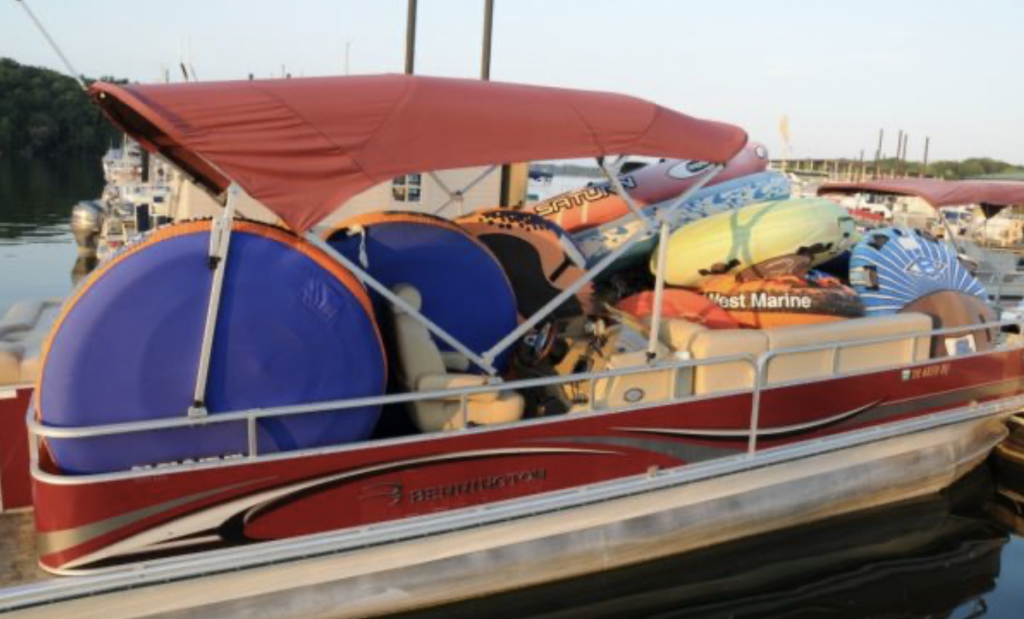
4. Getting Lost
Although this happens less and less on the water these days thanks to modern marine electronics and navigation instruments it does still happen. And not to mention, any electrical systems can have technical problems, so you need to always be aware of your location and how to get home regardless of what electronics you have aboard. If your boat doesn’t have nav gear, consider adding a marine navigation app to your phone, which essentially turns it into a mini-chart plotter.
There’s a difference, however, between what the shoreline looks like during the day and what it looks like at night. If you’re inexperienced at night navigation, allow plenty of time to get back to port before the sun goes down. A smart boater will make a few runs at night to become familiar with the area where he or she boats and to know what his favorite area looks like after dark. Again, use a nautical chart. The chart will tell you where the Aids to Navigation are located, how they are lighted at night and what landmarks you may be able to see once the sun goes down.
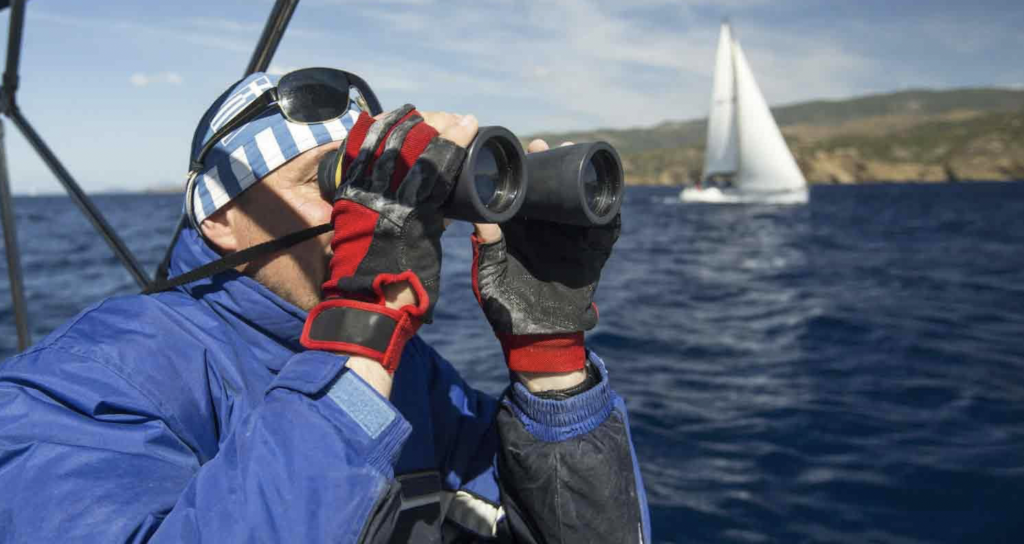
5. Running Out of Gas
As you might guess, this is one of the most common mistakes people make. Remember that fuel consumption and your boat’s range can be changed by factors like sea conditions and load. Making matters worse, fuel gauge readings can change as fuel sloshes in the tank, and the fuel gauges on boats are often not as reliable as those found in automobiles in the first place. As a result, smart boaters will stick with the following formula: use one-third fuel capacity going out, use one-third coming back, and save one-third in reserve.
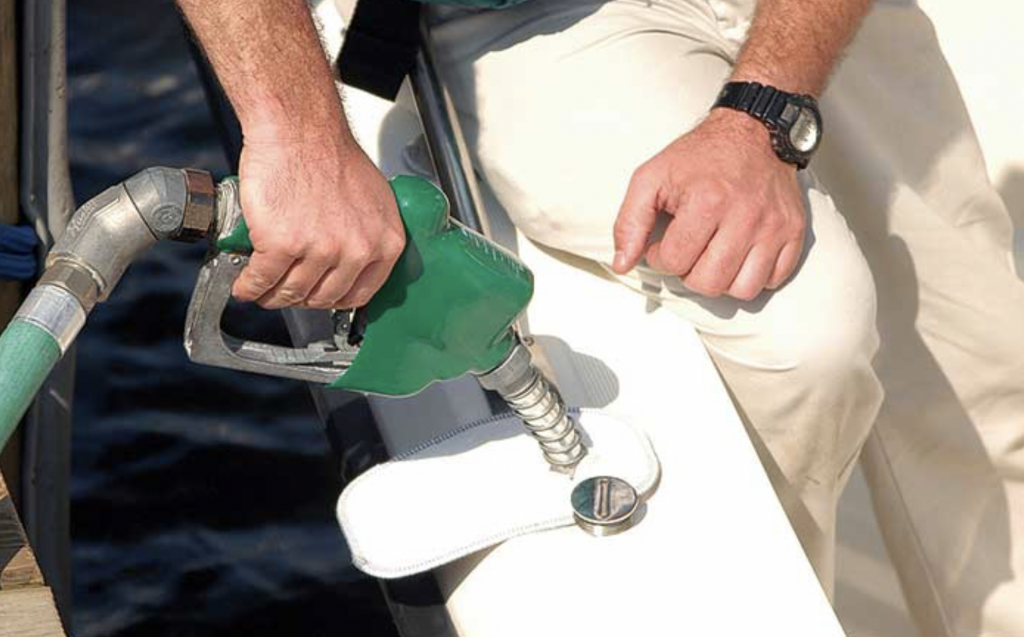
Looking for a boat to begin your adventures on the water? Click here to check out our latest inventory featuring a variety of boats suitable for all types of interests.
